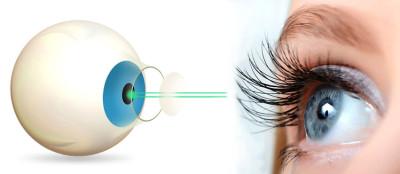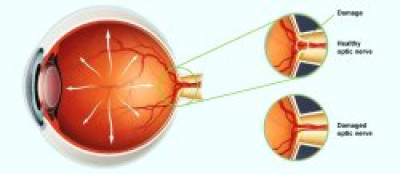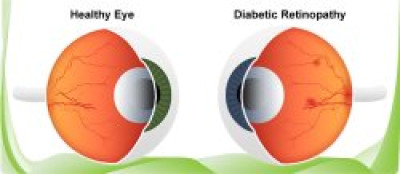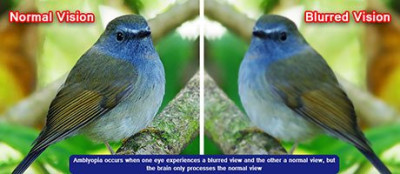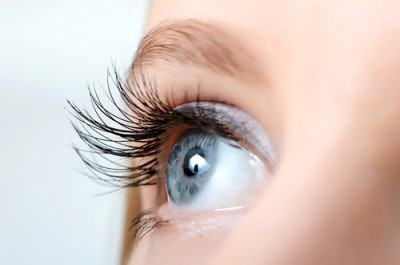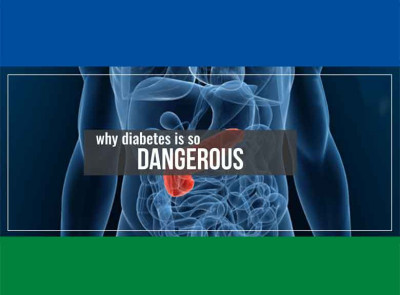Eyes and Diabetes: Beware of Hyperglycemia
Diabetes is a metabolic disease which affects the body’s ability to metabolize blood sugar. It is a chronic condition. The body produces insulin in the pancreas that helps to deliver the sugar molecules to the cell. In normal circumstances, these molecules get picked up by the cells and are used up as the primary currency of energy. However, in certain conditions, either the body doesn’t produce insulin, or it may not create it in sufficient quantities, or the body may become resistant to the insulin present. This leads to high levels of glucose levels in the blood known as Hyperglycemia.
Hyperglycemia affects the body negatively in various ways. The most significant impact is on the organs leading to severe damage in most cases. The most affected organs are the kidneys, the people with diabetes-related and the eyes. In some cases, eyes and diabetes turn out to be a lethal combination. Between the ages 20 to 74, diabetes is the leading cause of blindness.
The eye is a sensitive organ. One of the first signs of damage is blurry eyes. This could be due to fluid leaking in the eyes or clouding of the lens or some other reason. Any diabetic eye disease can turn out to be potentially blinding.
Three major eye problems develop because of diabetes. Let us find out more about eyes and diabetes.
Eyes and Diabetes: Three Major Eye Problems
1. Diabetic Retinopathy
Diabetic retinopathy is prime reasons for irreversible blindness. The time since the onset of the disease determines the risk of developing retinopathy. If the disease has been present for a long time, the higher the risk of vision damage. Those with diabetes don’t realize about eye damage until complete vision loss, by when it is too late.
The retina is the light-sensitive part of the eye where the images are formed. Connected to the brain by the optic nerves, the signal for the image is sent from here to the brain. High blood sugar levels cause damage to the blood vessels and the nerves around the retina as they cause blockage and stop the blood supply. There are no symptoms of this eyes and diabetes connected damage until it is too late. When the damage is excessive, the following symptoms could develop.
• Blurry vision
• Color defects in vision
• Dark spots in vision
• Complete vision loss
• Dark strings floating in the vision
Diabetic Retinopathy is of two types:
1.A. Early Diabetic Retinopathy: This is the more common form of and is also known as No Proliferative Diabetic Retinopathy (NPDR). The eyes try to deal with the damage by creating newer blood vessels. When these don’t grow, NPDR is caused.
1.B. Advanced Diabetic Retinopathy: This is the more advanced stage of diabetes and eye damage. The damaged blood vessels seal up leading to the growth of new but abnormal ones. These can leak into the vitreous humor in the eye, a jelly-like substance found in the center of the eye. This may cause an increased pressure buildup that eventually turns into glaucoma. Vitreous hemorrhage, retinal detachment, and permanent blindness are other complications that could develop.
2. Diabetic Macular Edema (DME)
In the macula region of the eye, fluid buildup can occur. This is one of the leading causes of diabetic retinopathy related vision loss. People with both kinds of diabetes are at risk. The disease has no symptoms until vision has been affected. The appearance of floating spots and bleeding may occur. Diabetes and eye damage are closely linked as is apparent through DME.
3. Cataract
Cataract affects the eye lens. Those with diabetes are two to five times more vulnerable to cataracts than their peers without diabetes. The lens of the eye gets clouded or foggy. Cataracts affect people with diabetes early in life, and the problem progresses quickly. Symptoms include:
• Blurry vision
• Light sensitivity
• Halos around lights
• Double vision, especially in one eye
• A vision that remains unaffected by wearing spectacles
4. Glaucoma
The eyes are nourished by a fluid which keeps them moist and active. Sometimes, this fluid doesn’t get drain and leads to a pressure buildup in the eye. This causes damage to the optic nerves leading to vision changes and sometimes, even blindness. This condition is known as Glaucoma. People with diabetes are at twice the risk of developing glaucoma than their counterparts. Like with other eye problems for diabetics, the problem is discovered only upon vision loss. Symptoms include:
• Loss of peripheral vision
• Red eyes
• Eye pain
• Nausea
• Halos around lights
Prevention
You cannot always control diabetes and eye damage. You could reduce the risk of vision damage and organ damage by following specific preventive measures.
1. Manage Your Diabetes
The best way to prevent vision loss and diabetes and related eye damage is by keeping the blood glucose levels on an even keel. Control your diabetes by eating healthy, exercising and taking medicines regularly.
2. Get Regular Eye Tests Done
Regular visits to the ophthalmologist are a must for those who have diabetes as there are usually no symptoms of damage. Observe vision changes and consult the doctor immediately if you notice any vision loss.
3. Control the Blood Pressure and Cholesterol
A moderate amount of cholesterol and healthy blood pressure help to keep the eyes healthy for longer.
Treatment
Treatment for most eye problems is done through eye drops, laser surgeries, medication, and surgical procedures. Efficient management of blood sugar is advised. Controlling blood pressure is also recommended. Medicines include anti-VGEF medicines which help to reduce swelling in the macula. They are administered through injections and aim to improve vision. Steroid medicines are also given. They are also injected into the eyes. Laser surgeries help to seal off leaking blood vessels. They also reduce retinal swelling.
Takeaway
Timely eye checkups, early detection of vision problems, proper medical care and efficient follow-up with the ophthalmologist are the only ways to prevent diabetes-related eye damage. Manage your diabetes with a healthy lifestyle and control the blood sugar levels to delay vision loss.


